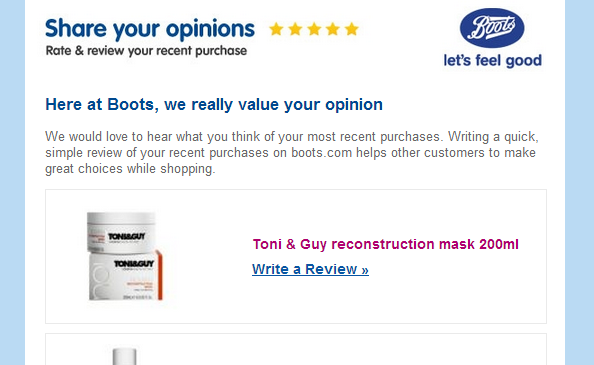
Over the last few months I’ve often been asked what shopper research approaches are essential to help build effective programs . Here’s a summary of my top 5 and why I think they are useful to shopper marketers
Shopper Research Approach 1: The Usage & Attitude Surveys
It might seem odd that I start with an approach that is often more closely associated with consumer behavior than shopper behavior. Usage and attitude surveys however are essential for shopper marketers because they help identify which consumer priorities shopper activities need to address. All shopper marketing activities should be aimed at changing shopper behavior in order to drive greater consumption. As Mike Anthony and I wrote in our book “The Shopper Marketing Revolution”, “Without an increase in consumption, any increase in sales is likely to be short-lived”.
U&A studies help identify potentially valuable consumer segments; they enable marketers to benchmark consumption behavior and identify growth opportunities. As such they help shopper marketers begin to establish which shoppers they need to target. Often such studies inform shopper marketers who buys and which channels are used. In all, a good U&A is a great starting resource.
Shopper Research Approach 2: Household Panel data
Household panel data, such as Kantar’s World Panel is my second key research approach for shopper marketers. Panel data describes purchase behavior in terms of penetration, frequency and average weight of purchase. This data can be cut and diced to identify how product does and does not enter the home. This helps understand where to focus more detailed investigation of shopper behavior, define hypotheses for deeper research and to potentially scale the size of opportunities at retail.
Shopper Research Approach 3: Exit interviews
Whilst exit interviews may not always provide the most meaningful insights into why shoppers behave in a certain way, as a resource they do have a place on my list. When exit polls are targeted at the right groups of shoppers, in the right channels, they help to understand the levels of influence a store has on a shopper’s behavior. Well-constructed surveys force shoppers to recall how a retail environment has affected their plans. This helps us identify the degree to which one might be able to change a shopper’s behavior in certain store types, and this helps us prioritize channels.
Shopper Research Approach 4: Eye tracking
Eye-tracking is often tacked on to shopper research proposals as an afterthought. But when it’s used to follow target shoppers in a potentially important channel it serves to highlight key touch points in the store and perhaps more importantly, what your shoppers miss. Valuable insights can be gained into why people behave in the way they do when eye-tracking work is supported by well managed in-depth interviews. This can be invaluable in developing subsequent activities.
Shopper Research Approach 5: Virtual store simulation
For me virtual store simulations provide ultimate closure on which activities are likely to deliver the best results. All the previous approaches create the potential for teams to develop hypotheses about what might work in-store. Virtual store testing helps teams validate these hypotheses. More importantly virtual store tests help teams calculate the potential impact an in-store activity might have on the sales of their products and the products around them. This is not only great insight into the potential R.O.I. for your company but it’s also great insight to support a business case for a retailer.
If you are stuck trying to work out which shopper research approach is best for you, why not read our “Guide to GREAT shopper research” available free here?


